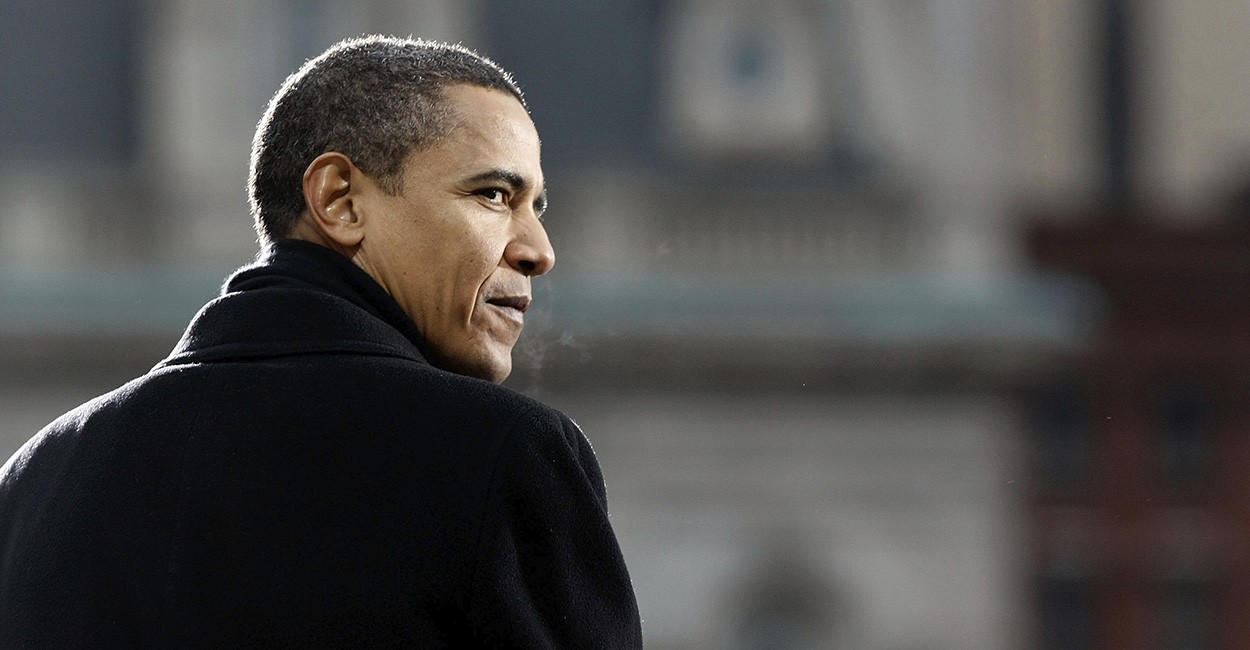By: Quinn Rogness
Military evolution has brought the machine-gun, the aircraft carrier, the submarine, the nuclear-bomb, and now, the Unmanned Combat Aerial Vehicle (UCAV), better known as the drone. The drone program allows the U.S. military to strike enemy combatants from the air, while avoiding the risks and costs associated with a human piloted aircraft. Despite the lower cost both in terms of finances and in human lives, Sen. Rand Paul, R-KY, has described the program as “very scary and worrisome,” and many other elected officials have questioned the morality, ethics, and cost of the UCAV program.
Since 2004, over 3,500 people have been killed in 360 different drone attacks in Pakistan alone. Of the 3,500 casualties, only 2 percent of them have been “high-level militants” known to the U.S. government, which indicates significant collateral damage stemming from drone use. In fact, the majority of casualties resulting from drone strikes have been low-level militants, a label U.S. policy has assigned to any military-aged male. On top of the relative low hit rate against high-level militants, reports have indicated that between 392 and 781 civilians have been killed, including 175 children. Is the small number of important militants killed worth the high numbers of the civilian casualties? Is it moral for the United States to engage in a type of warfare where the number of civilian casualties is so high and totally unavoidable?
On top of the human cost of the drone program, there is also a large financial cost to consider. A single General Atomics MQ-1 Predator drone costs $4 million, and this particular drone program has cost taxpayers over $2 billion to develop, maintain, and build 360 of these aircraft. The more modern MQ-9 Reaper program has cost nearly $12 billion for only 57 aircraft, and it has been estimated that with all of the electronic equipment it costs to operate drones, the true cost of a MQ-9 is over $120 million, which is a higher production cost than most fighter jets operate by the military today. Additionally, many drones cost as much as $3,000 per hour to operate. In a time of recession, and with a projected deficit of $901 billion for 2013, one must question and evaluate the necessity, merit, and cost of the drone program.
Despite the financial and human burden brought on by drone-use, alternatives to UCAV’s offer significant costs as well. A ground invasion of Pakistan or Yemen (the current forefronts of the drone-war) would certainly cost billions of dollars and thousands of lives. The United States lost over 6,000 troops in both the Iraq and Afghanistan wars, and American morale does not need an extension of the Middle Eastern wars that have been taking place for over a decade now. Also, Pakistan would likely not permit the United States to use ground forces to take out terrorist targets, so the use of drones or other aircraft are the only option in this situation. Finally, drones are often cheaper, newer, and more technologically advanced than many of the manned-aircraft currently in our military with a capability of ground attack. Drones allow our military to continue to fight in areas where ground units would not be permitted, saving American lives, and providing an effective alternative method of warfare.
In Sept. 2011, radical American-born imam Anwar al-Awlaki was targeted and killed by a U.S drone strike in the Al-Jawf province of Yemen. Anwar al-Awlaki had given spiritual advice and aid to the Fort Hood shooter Nidal Malik Hassan, as well as the would-be underwear bomber of Northwest Flight 253 Umar Farouk Abdulmutallab, and 9/11 hijacker Nawaf al-Hazmi, and had made a concerted effort to endanger American citizens by inspiring terrorist attacks. While Anwar al-Awlaki certainly contributed to many horrific terrorist attacks that took innocent lives, as an American citizen, isn’t he entitled to some level of due process? Or was this drone strike within the Constitution? Officials on both sides of the aisle, including Ron Paul and Dennis Kucinich, and everywhere in between have declared the Al-Awlaki assassination unconstitutional, voicing bipartisan concern against targeted killings of U.S citizens.
What if the use of surveillance and combat drones became a common practice in the United States? Many police forces are already beginning to use drones as a part of their surveillance programs and in an attempt to protect the rights of Americans, Representatives Ted Poe and Zoe Lofgren have introduced a bill into Congress that “would require the government to obtain a warrant before collecting private information from citizens via drones. It would also ban the use of weaponized drones.” This legislation indicates that there is a rising use of drones by our police organizations, and the need to properly protect the rights of citizens against violations of their privacy rights.
The 21st century has brought upon many technological advancements that have improved all areas of human life, ranging everywhere from healthcare to warfare. The use of the unmanned drone is a new, popular method of warfare, and it appears that these devices are here to stay. This new technology brings the demand to protecting Americans from privacy intrusions at home, and determining the constitutionality of strikes against American citizens abroad without a trial. It appears that the executive branch has no plans to stop drone strikes, and that both the progressive-left and the libertarian-right will once again take on the role of watchdog when it comes to monitoring drone-use against Americans, and that while few officials will openly praise the drone program, most will consider it a necessary evil, and they will remain a part of our military operations for decades to come.

